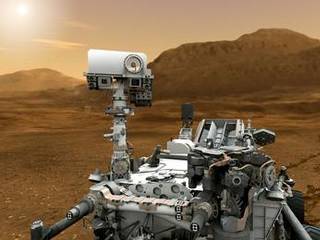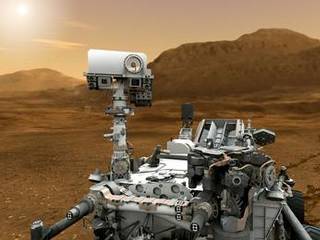
Exploring the Depths of Mars: Balancing Distance and Scientific Observations in Gale Crater
Our rover has been performing exceptionally well in autonomous navigation, allowing us to drive further into previously uncharted territory. We are now confident enough to plan a 100-meter drive, with the last 45 meters being executed using AutoNav. However, this drive leaves little time for targeted scientific observations, limiting our ability to study intriguing features along the way. Despite this trade-off between distance and observations, we were prepared for it once AutoNav was successfully tested on the B computer.
The decision to choose Gale crater as the landing site for the Mars Science Laboratory (MSL) was made precisely because of the opportunity to investigate the geologic history preserved in Aeolis Mons (“Mt. Sharp”). The ultimate scientific objective is to reach the base of the mountain with minimal delays, prioritizing the study of its intriguing geological layers. While some scientists are eager to spend more time studying these features along the way, our focus remains on reaching our destination as quickly as possible in order to maximize our scientific exploration of Mars.

